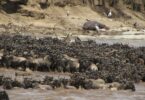Yosemite National Park is not just a breathtaking landscape; it is a vibrant ecosystem teeming with wildlife. Home to over 400 species of vertebrates, including mammals, birds, reptiles, and amphibians, Yosemite’s diverse habitats—from towering cliffs to lush meadows—support a rich tapestry of life. Let’s explore some of the remarkable wildlife that thrives in this iconic national park.
Iconic Mammals
Yosemite is renowned for its black bears, which can weigh up to 600 pounds. These intelligent creatures are often seen foraging for berries and nuts, particularly in late summer and early fall when food is abundant. It’s important for visitors to keep a safe distance and secure food to prevent attracting bears.
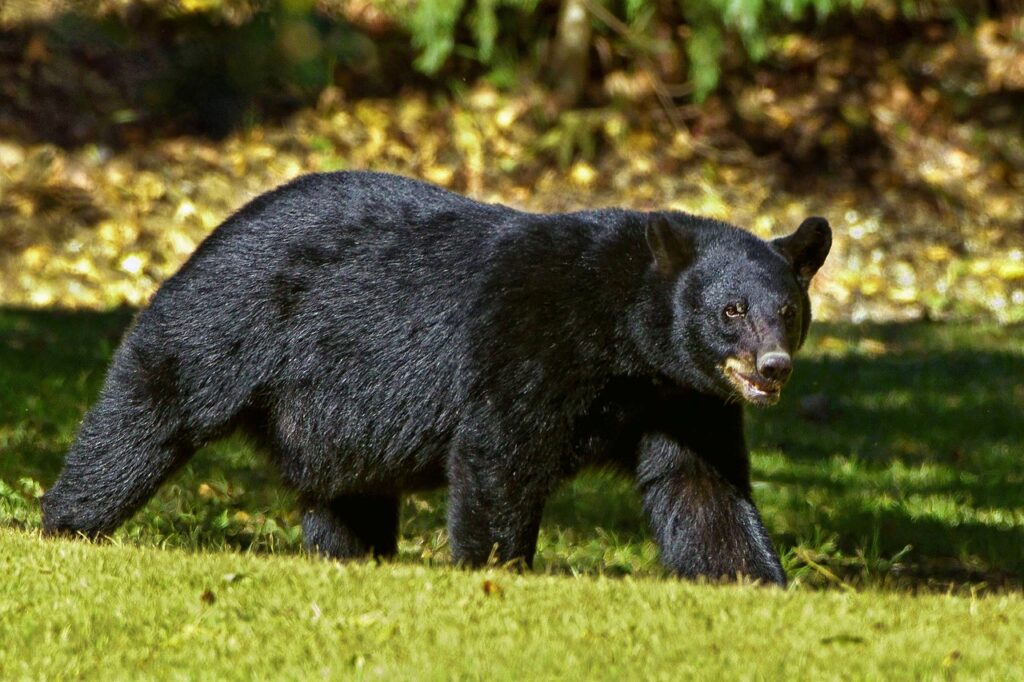
Another prominent resident is the mule deer. Recognized by their large ears and unique forked antlers, these deer are often spotted grazing in meadows and forested areas. They are crepuscular, meaning they are most active during dawn and dusk, making these times perfect for wildlife watching.
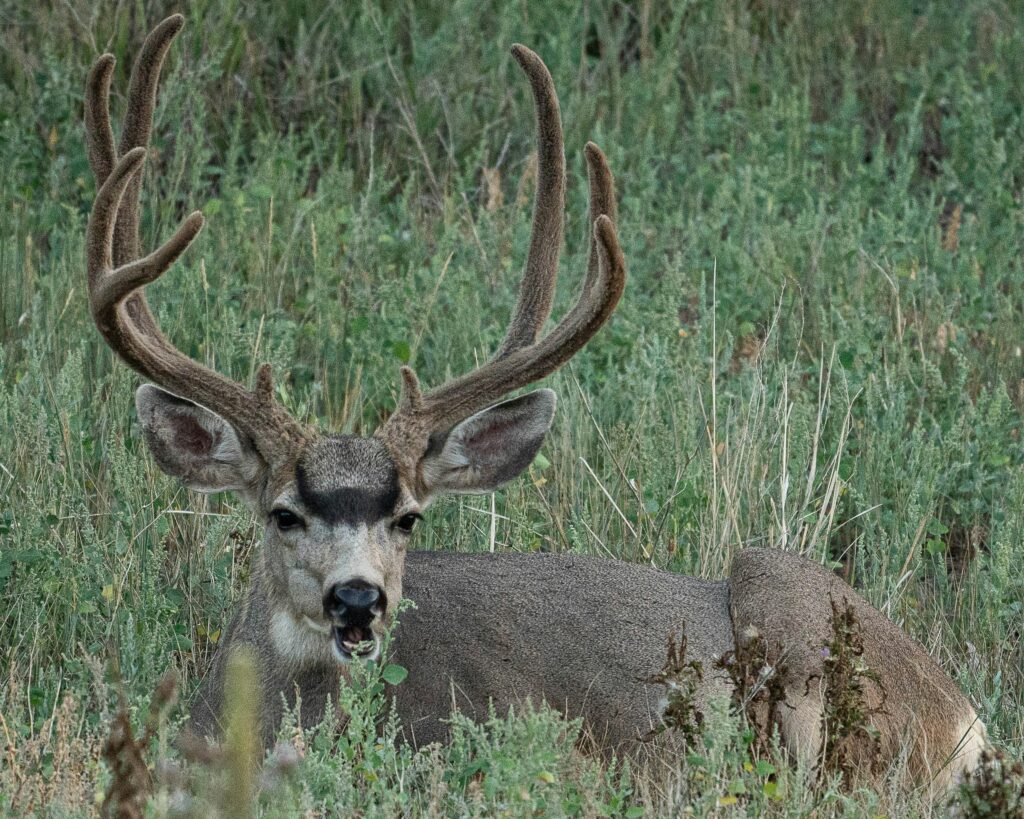
Vibrant Birds
The skies above Yosemite are filled with avian life. The peregrine falcon, which can dive at speeds over 200 mph, nests on the park’s cliffs and can be spotted soaring overhead. Its remarkable hunting skills make it a fascinating species to observe.
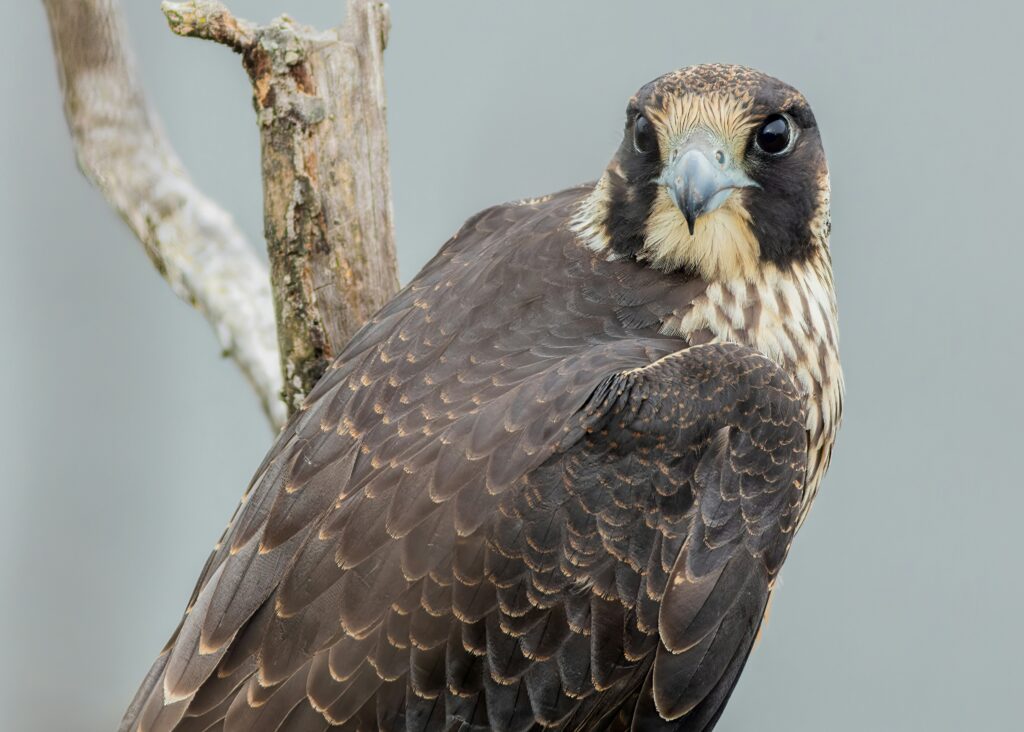
The Western tanager is another stunning bird in the park, distinguished by its brilliant yellow body and red head. This bird migrates thousands of miles each year, showcasing the incredible journeys some of Yosemite’s wildlife undertake.
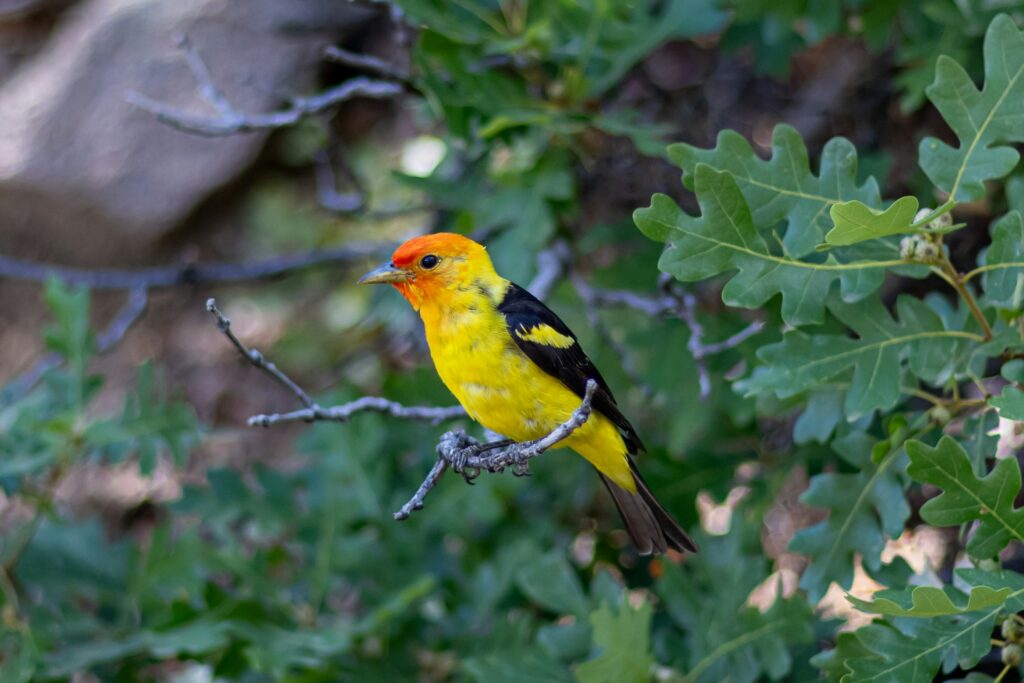
Essential Insects
Insects are crucial to Yosemite’s ecosystem, particularly for pollination. The monarch butterfly, famous for its long migrations from North America to Mexico, can be seen fluttering through the park’s meadows during spring and summer. Their presence signifies a healthy environment and serves as a reminder of the interconnectedness of nature.
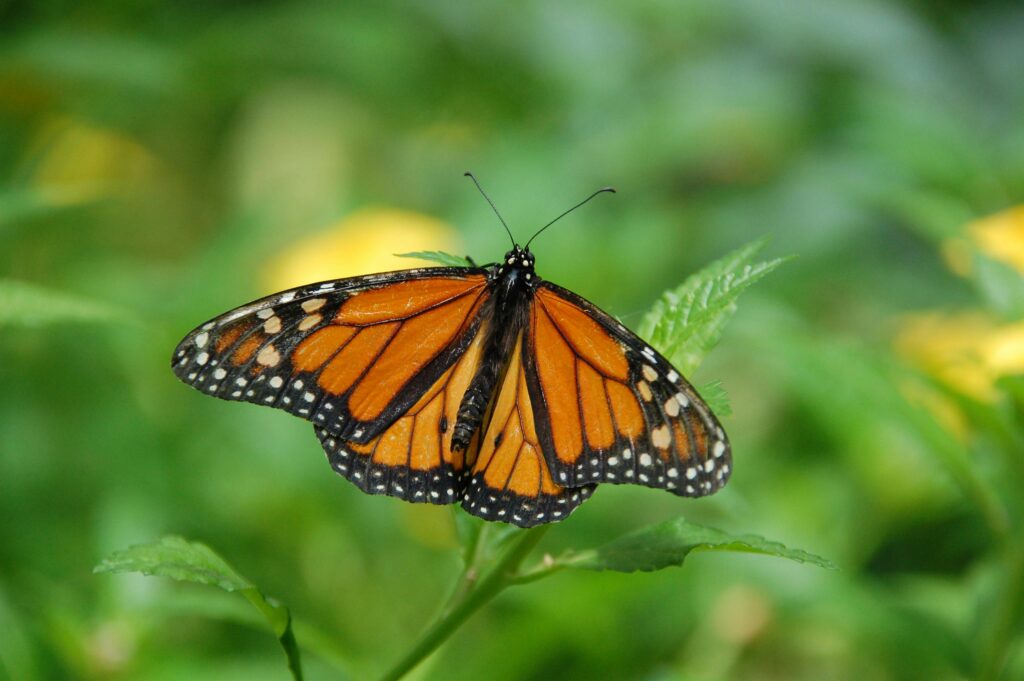
Hidden Reptiles and Amphibians
Yosemite is home to various reptiles and amphibians, including the California king snake, known for its striking patterns and non-venomous nature. This snake plays a vital role in controlling rodent populations.

The Yosemite toad, an endangered species, can be found in the park’s alpine meadows. Conservation efforts are crucial to protect its habitat, as changes in climate and human activity threaten its survival. The Pacific tree frog adds to the park’s biodiversity, contributing to the natural symphony of sounds heard at dusk.
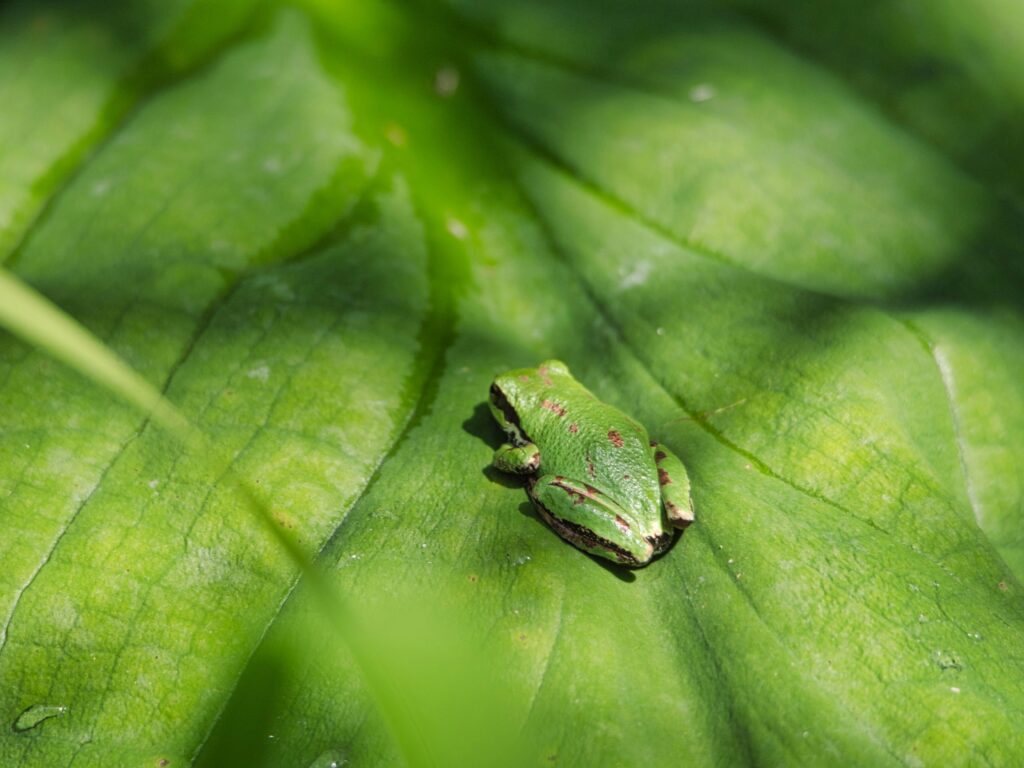
The Importance of Conservation
Protecting Yosemite’s wildlife is a shared responsibility. Visitors can contribute to conservation efforts by adhering to park guidelines, participating in educational programs, and volunteering for habitat restoration projects. Simple actions, like not feeding wildlife and staying on designated trails, help maintain the delicate balance of this ecosystem.
Conclusion: Explore and Protect
Yosemite National Park offers a unique opportunity to connect with nature and witness the incredible wildlife that inhabits this protected area. By exploring its trails and committing to conservation, we can ensure that the beauty and biodiversity of Yosemite thrive for future generations.
Call to Action: Share Your Experiences!
Have you visited Yosemite? What wildlife did you encounter? Share your stories and photos in the comments below!



